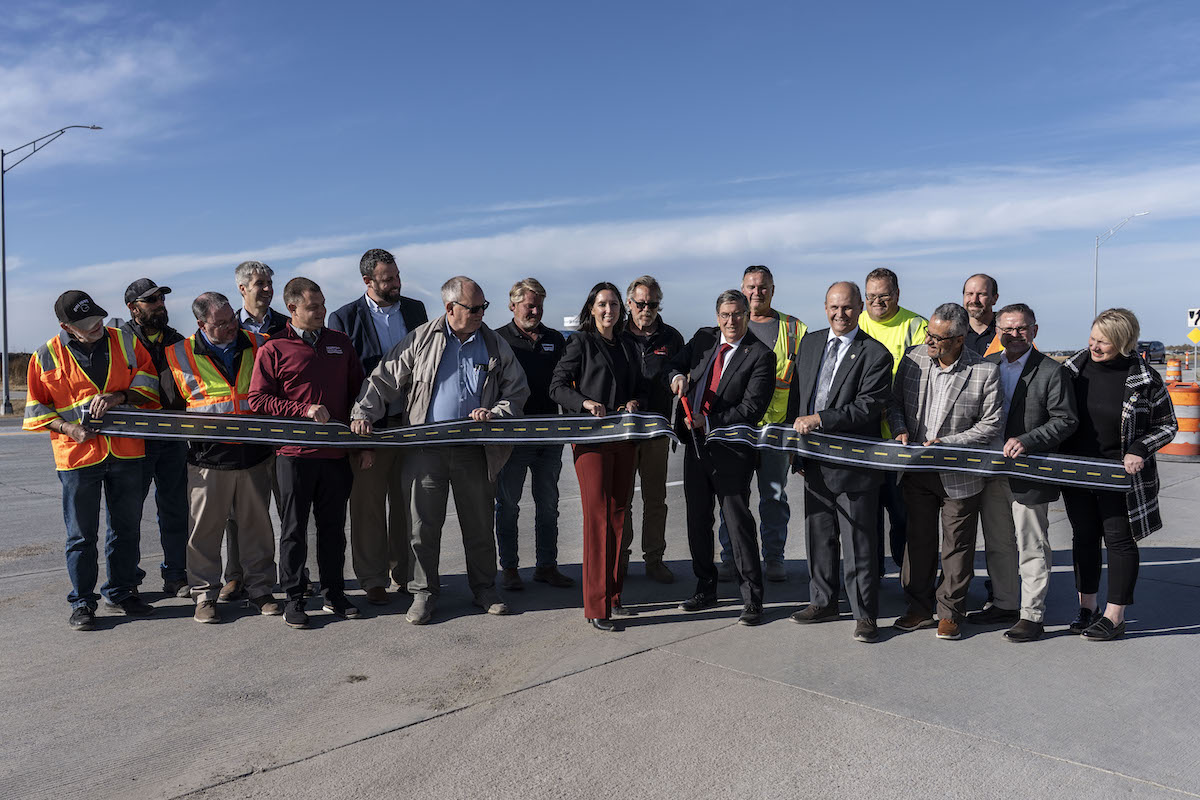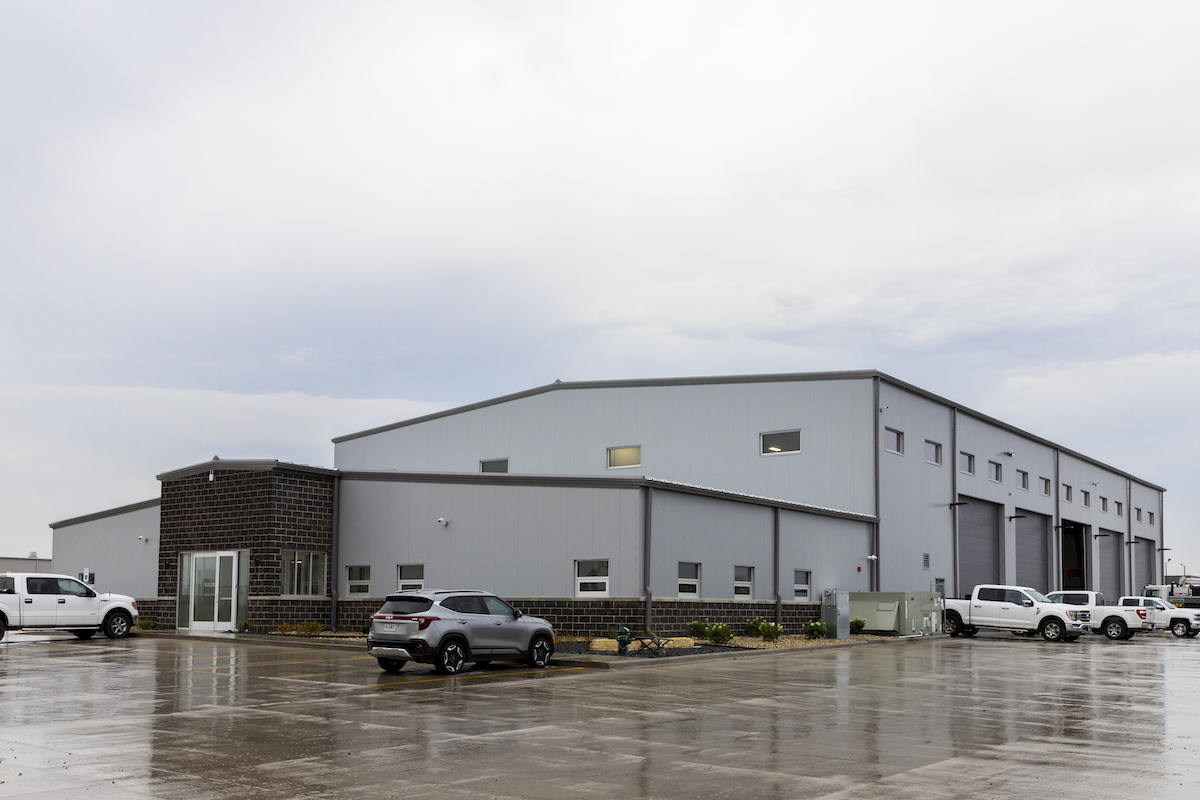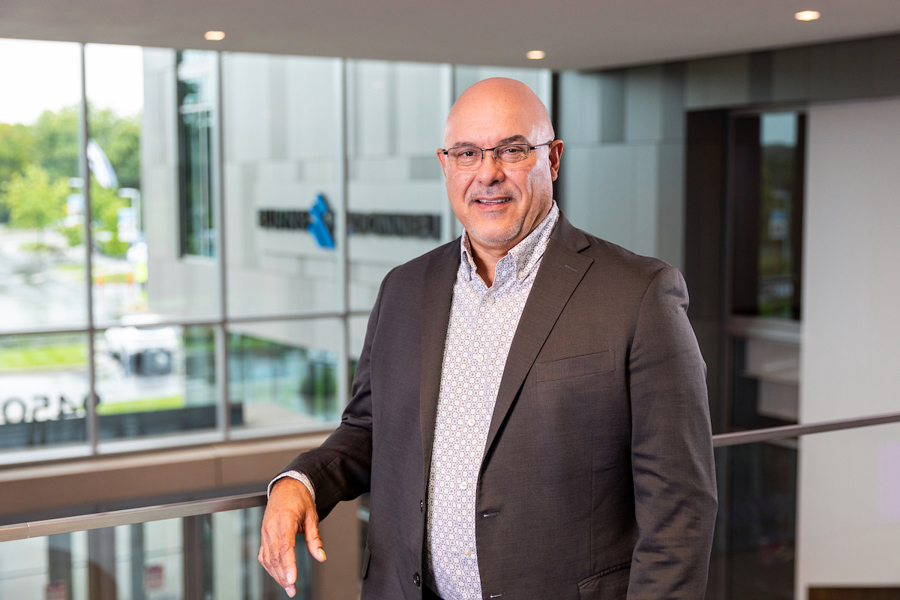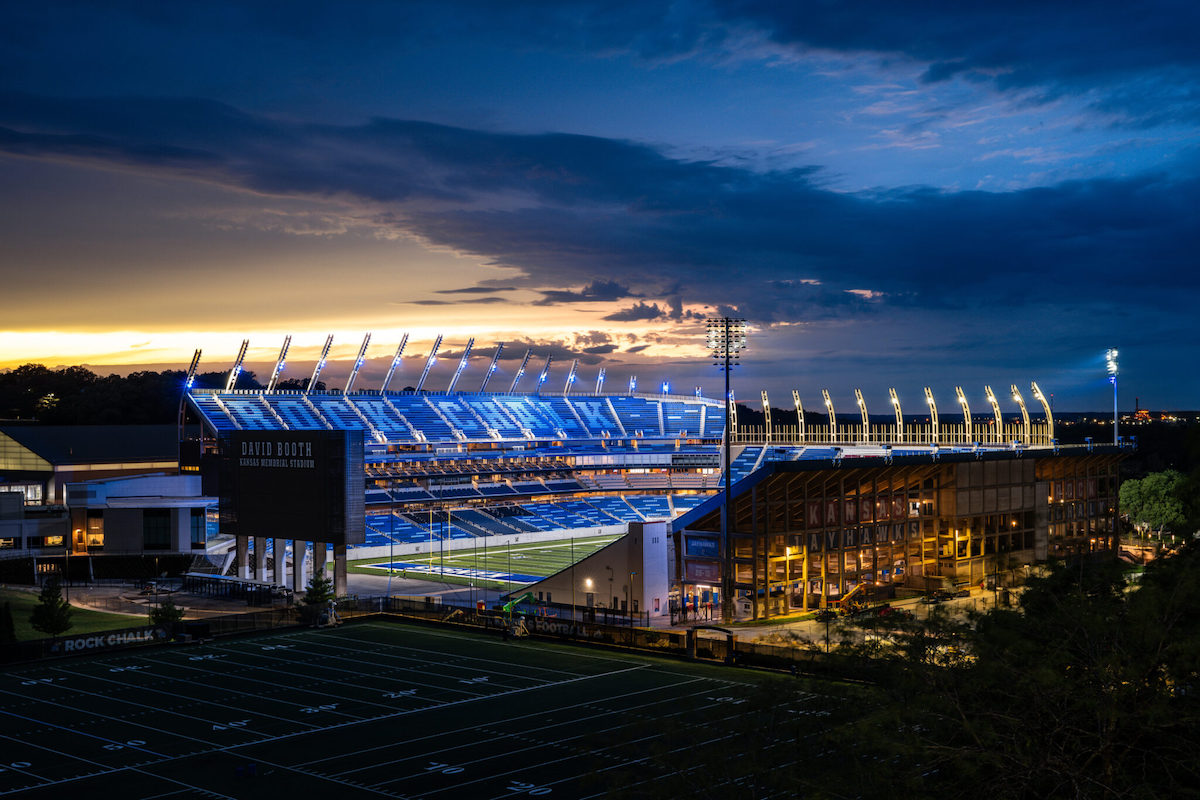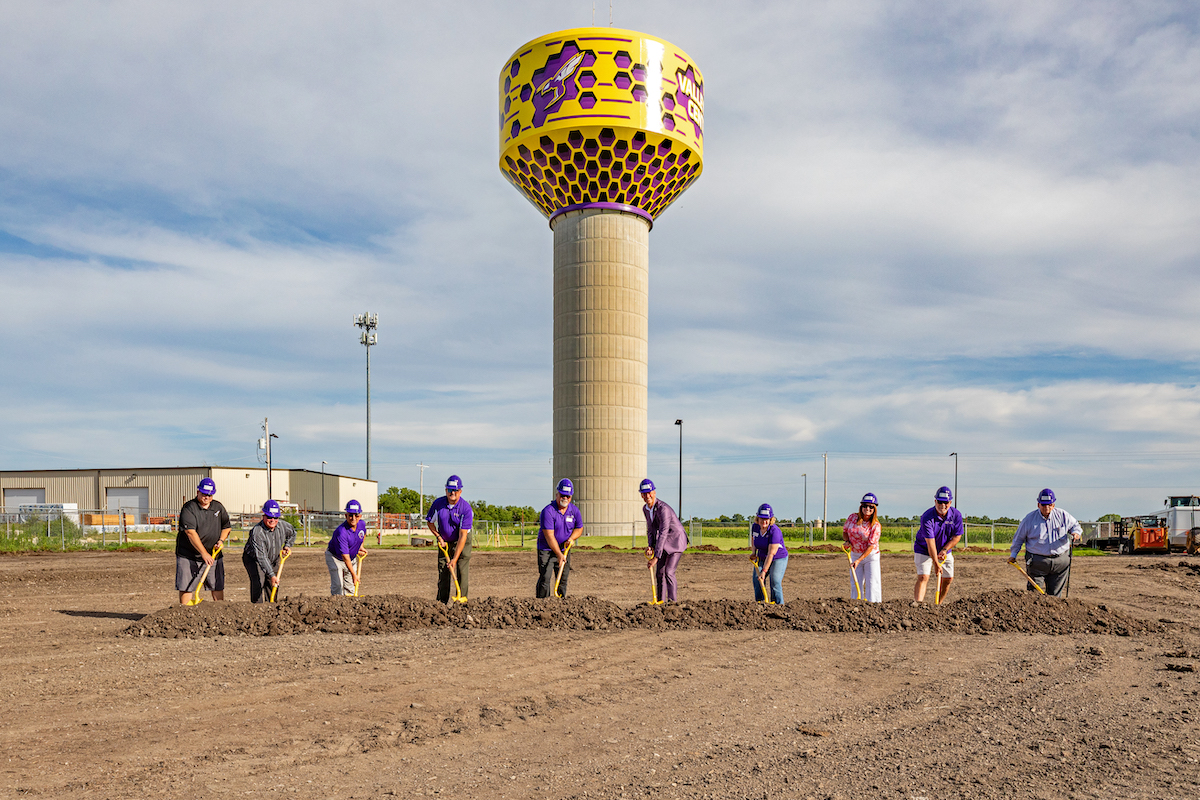Former Kentucky Governor Steve Beshear revealed the plan to widen the Mountain Parkway in 2014. Construction work to add new lanes to the existing two lanes began on the first project segment in 2015. The final segment has yet to be let and is dependent on additional funding to complete, so the final project completion date has not been determined.
“People are thrilled that the project is finally happening,” said Aric Skaggs, Project Manager of the Mountain Parkway Expansion for the Kentucky Transportation Cabinet (KYTC). “They can’t believe that they’re driving on the improved modern route.”
During the announcement for the final 13-mile segment, which will connect Salyersville and Prestonsburg, Governor Andy Beshear (son of the former governor) voiced similar thoughts. “We are going to fulfill the promise of four-laning the Mountain Parkway, connecting Appalachia and the rest of Kentucky with every other part of the United States,” he said.
The current segment is known as Wolfe County. It covers 11 miles of existing roadway, the longest stretch so far for a single segment. In addition to widening the parkway to include four lanes, the team is installing new pavement on the existing lanes.

| Your local Iowa Mold Tooling Co Inc dealer |
|---|
| Star Equipment LTD |
Other work on this segment includes work on two interchanges. The Campton Interchange (KY 191) is being reconstructed to allow full eastbound and westbound access to and from the parkway. The second interchange — Hazel Green (KY 1010) — is being modernized to bring it up to geometric standards and improve safety and mobility.
The average daily traffic along this section is approximately 4,000.
Despite having a substantial amount of experience, the project team has still encountered challenges, including determining what to do with 5.5 million cubic yards of material requiring excavation.
“Anything you do, you learn from mistakes, realize short falls, and try to correct them as you go along on the current and future segment,” Skaggs said. Skaggs has been with the project since the beginning, in various capacities.
Removing earthwork most efficiently has been a learning process, with environmental and other regulations needing to be adhered to. “The contractors have been working on their hauling techniques to refine them and find more efficient ways to work,” Skaggs said.
The team evaluates waste sites to determine the best one. The primary factors are accessibility and proximity to the site, and finding a location that provides minimized environmental impacts. The closer the waste site is to the work zone, the less the earthwork needs to be hauled. This means less time and energy are spent moving the earthwork from one location to another and leaves the road accessible for travelers. It also reduces costs.
However, a hollow fill can only be used if it has proper environmental clearance.
“We learned to engage our partners earlier on in the process before we evaluate which waste sites, to understand why some sites are preferred over others. Our goal is to always be sensitive to environmental factors and mitigate any environmental impacts,” Skaggs said.
Challenges also remain because each segment differs from the next. For example, the Salyersville Restaurant row segment is more urban than others, and the team had to focus on providing access for the businesses and properties along the route. The final segment, Magoffin-Floyd, is unlike other segments in that the entire section is a cross-country route.
The current segment, Wolfe County, is in a rural area. There are homes in the area, several crossings underneath the parkway, and frontage roads.
To widen the Mountain Parkway through the Wolfe County segment, the team has been blasting along the existing parkway. When blasting occurs, the team stops traffic. As part of the contract, traffic can only be halted for up to 20 minutes at a time. Blasting cannot be done at night (when there is presumably less traffic) for safety reasons.
To warn drivers about the shutdowns, the team uses a portable Queue Warning System (QWS). It is a real-time traffic message board that alerts motorists of the road shutdowns ahead. Because of the QWS system, motorists are fully informed of the situation and can act accordingly. For example, they may choose an alternate route or pull off the road and take a break.
The Wolfe County segment is expected to cost approximately $129 million. “We’ve got a good handle on costs and are always mindful of being good stewards of the public’s dollar,” Skaggs said.
It is expected that the Mountain Parkway Expansion will greatly benefit the local economy in Eastern Kentucky and revitalize the area.
“Eastern Kentucky is known for mountains and is a big tourist destination,” Skaggs said. “The expanded Mountain Parkway will ease traveling in the area and bring dollars to Eastern Kentucky.”
“Our people of Eastern Kentucky deserve a modern four-lane highway,” said Rocky Adkins, a former State Representative and current Senior Advisor to the governor, during a press conference. “But not for people to get out, for people to come along this highway and help us rebuild hope and opportunity. To help us recover from the downturn of the coal economy that cost our people thousands and thousands of jobs. To see us be able to diversify this economy. To bring that hope, opportunity, and prosperity to our people.”
- Owner: Kentucky Transportation Cabinet
- General Contractor: Bizzack Construction LLC, Lexington, Kentucky
- Designer: WSP, New York, New York
- Key Project Personnel: Aric Skaggs, KYTC Project Manager; David Kratt, QK4 Transportation Consultant; Aaron Detjen, WSP Vice President; Steve Slade (in memoriam), WSP Senior Project Manager






















